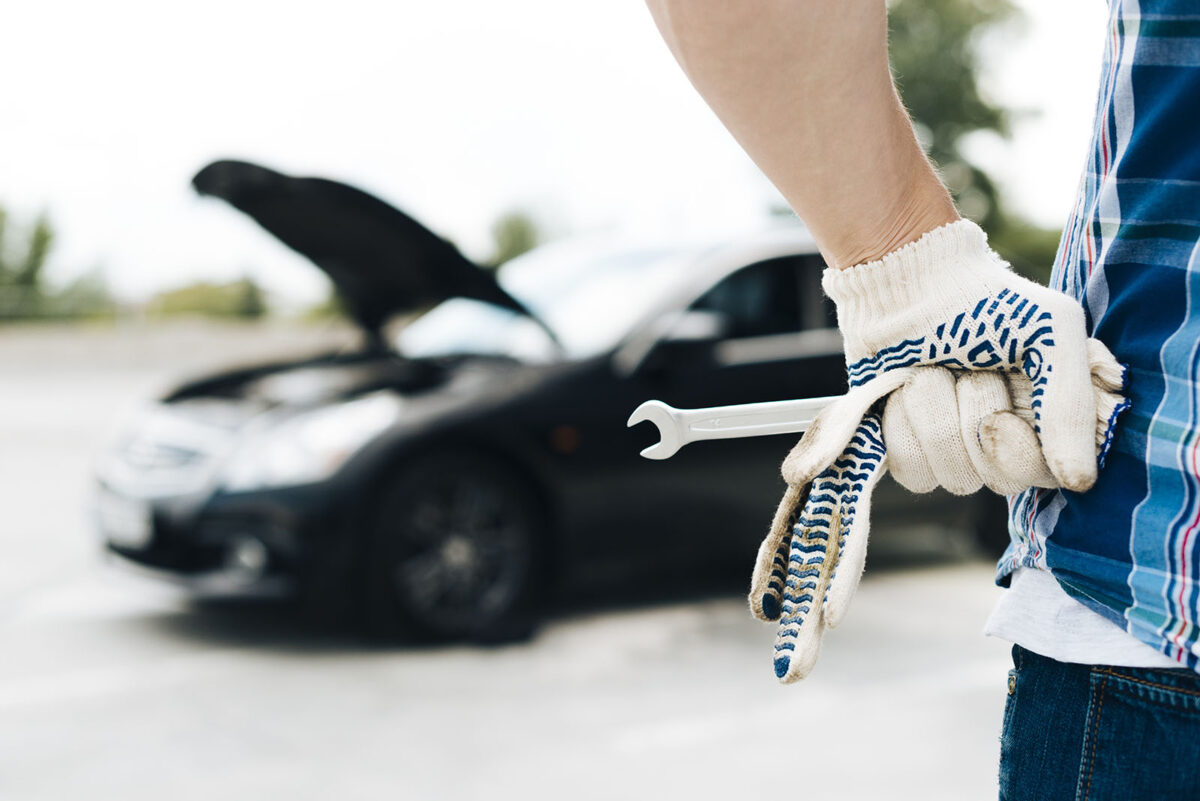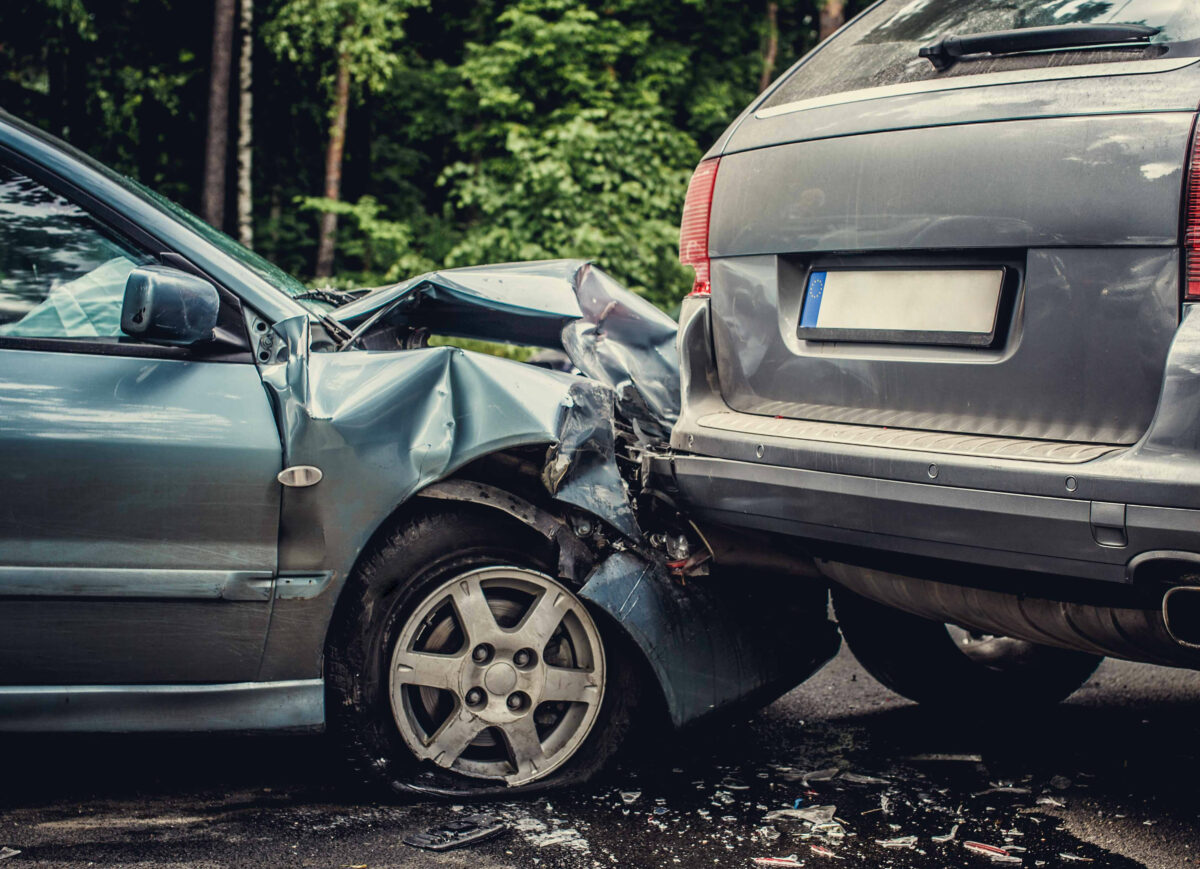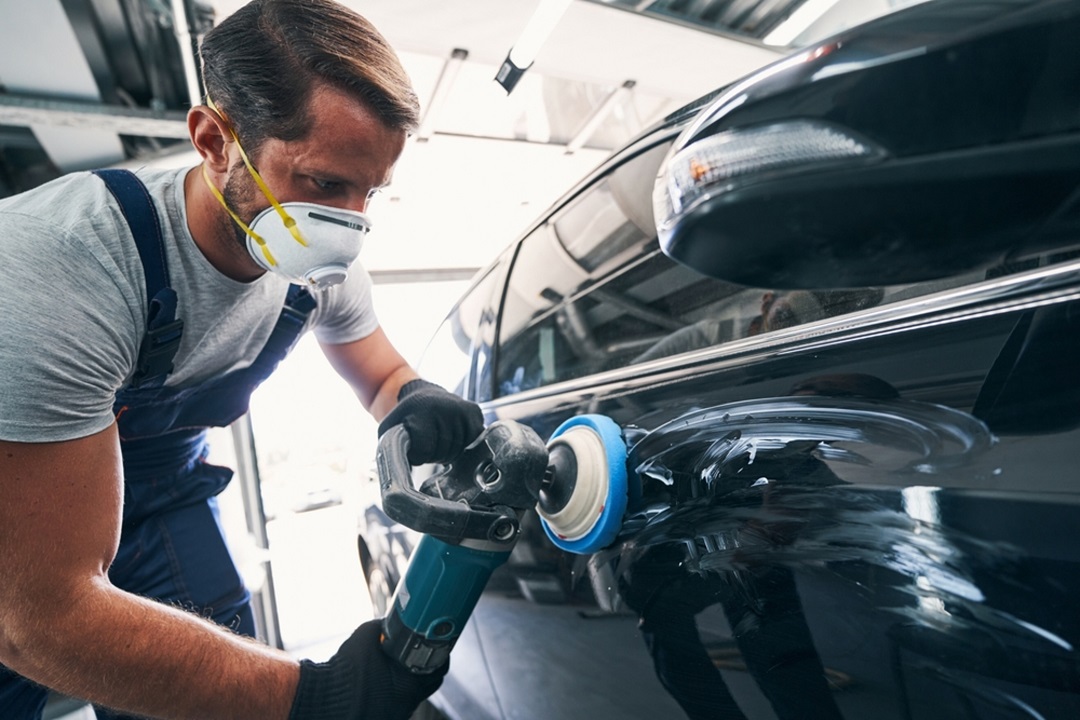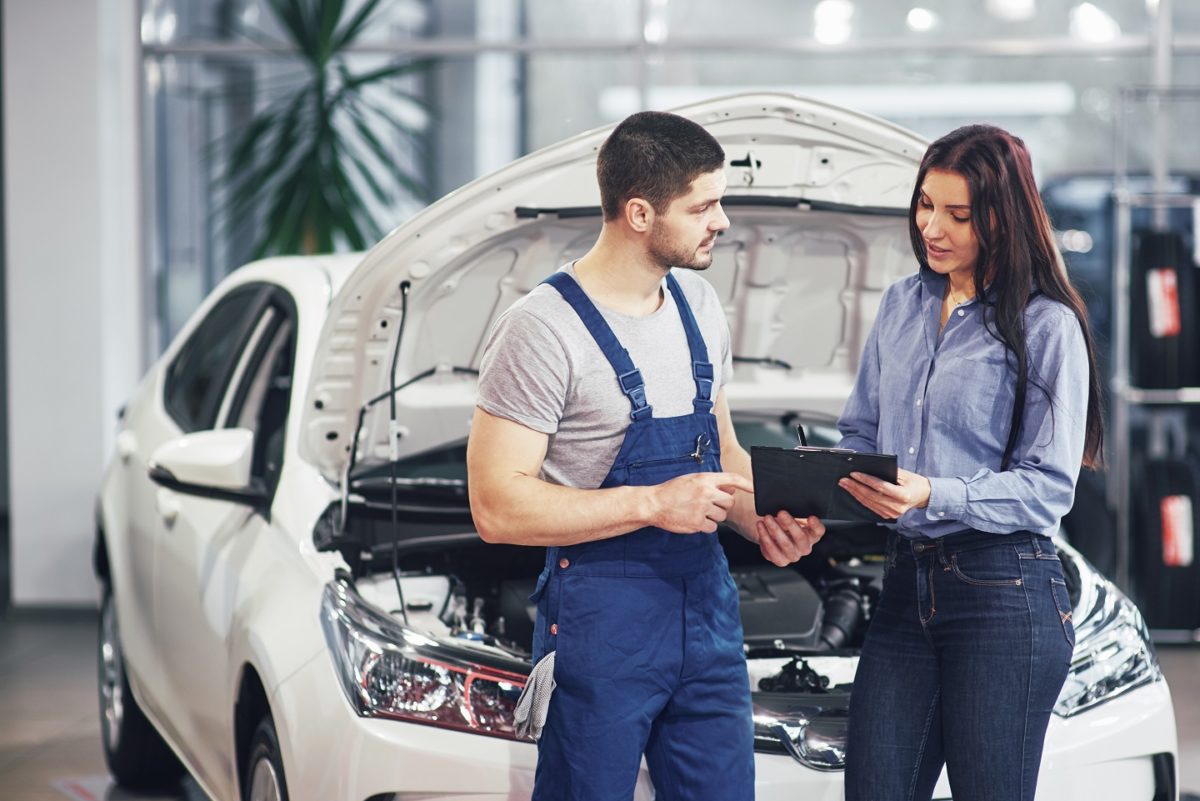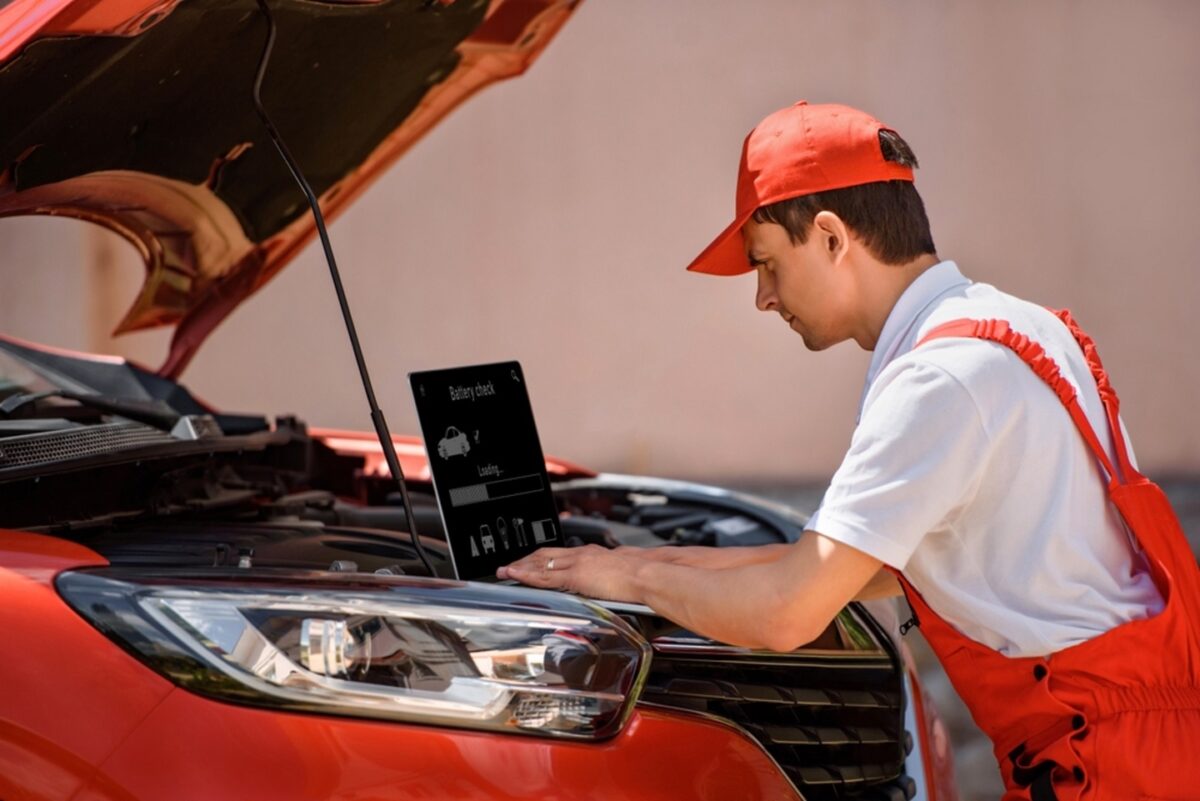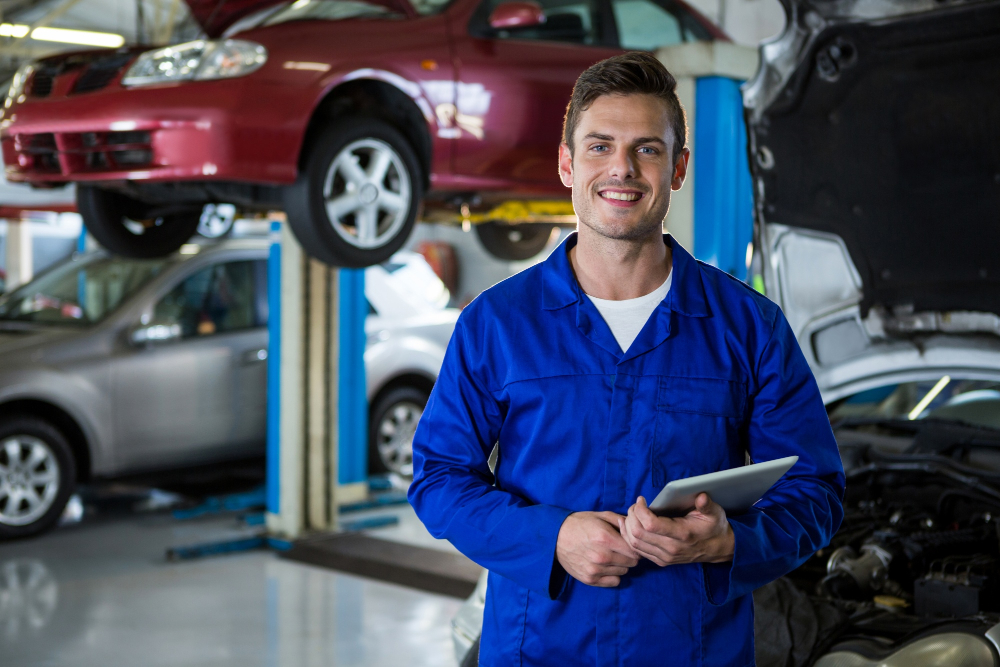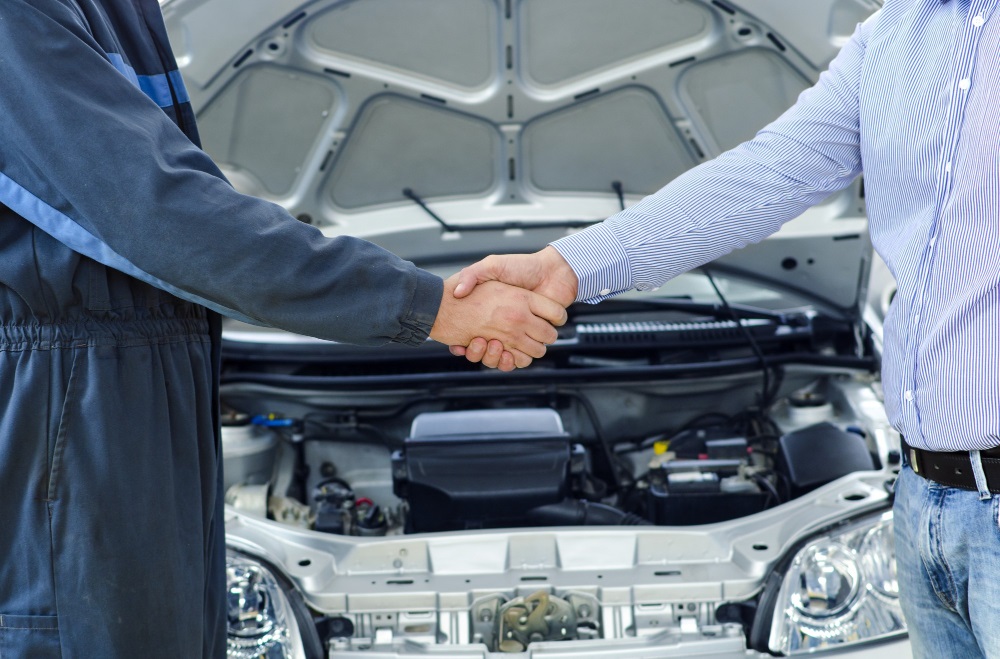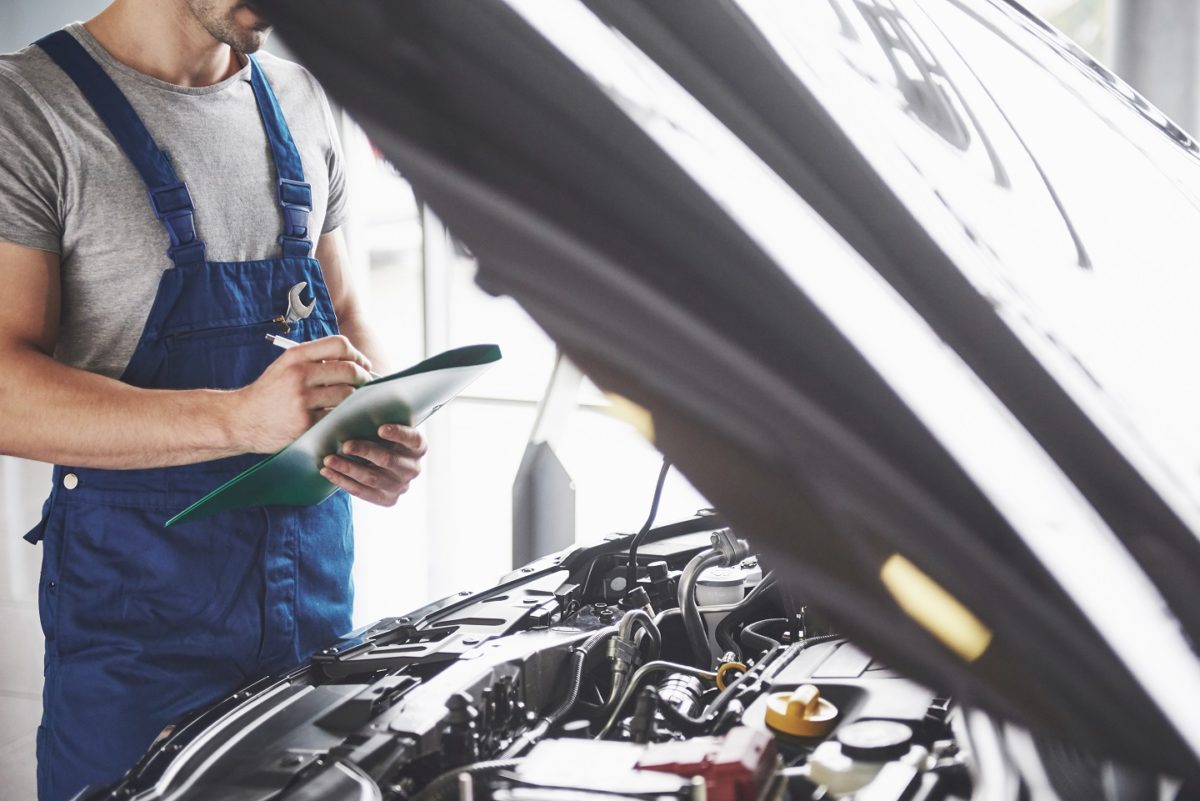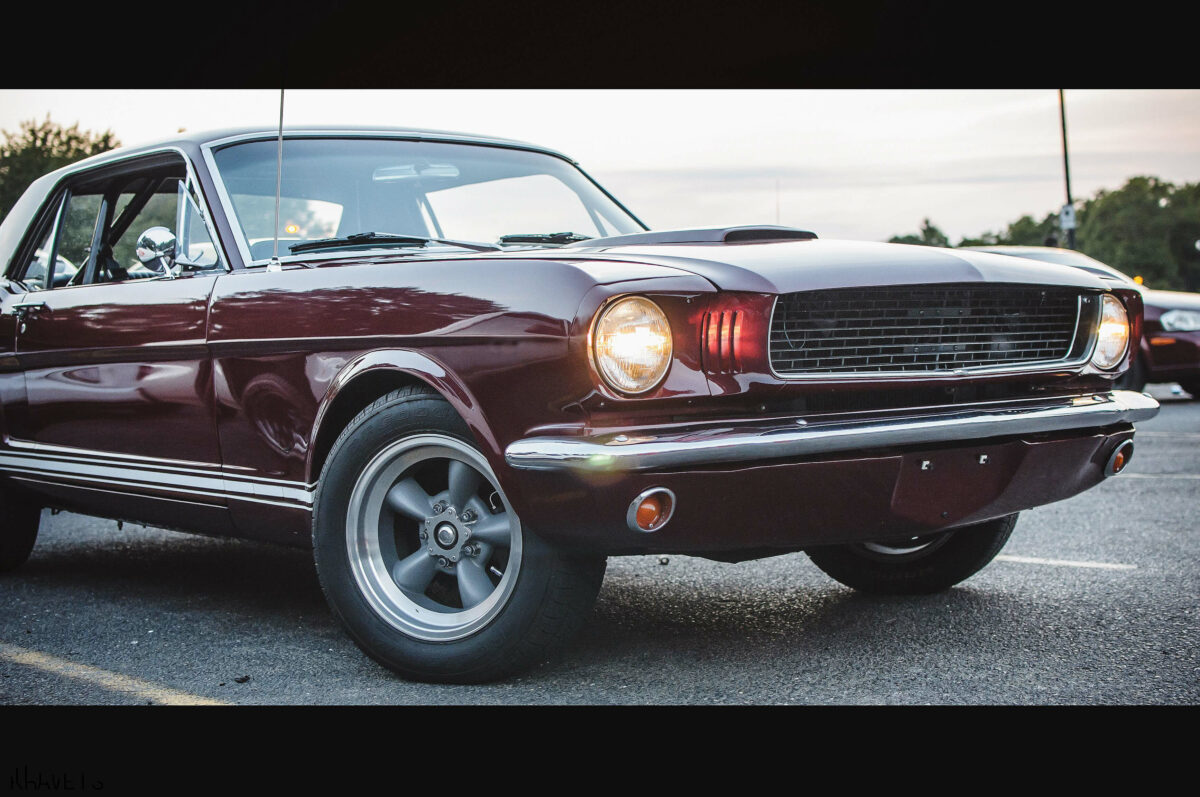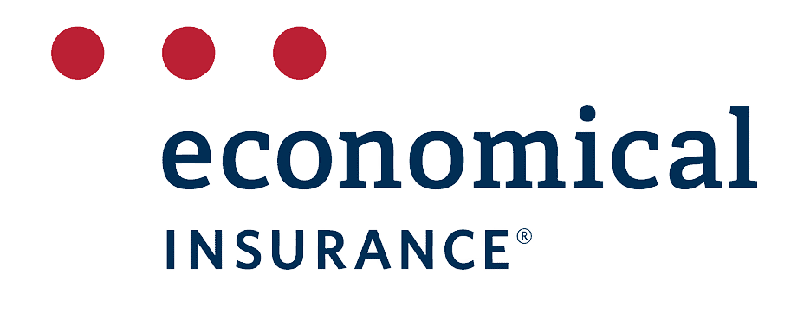Introduction: After experiencing an accident, it is crucial to prioritize timely auto repairs. Even if the damage seems minor, delaying repairs can have significant consequences on both your vehicle’s safety and your financial well-being. In this article, we will explore the importance of timely auto repairs after an accident and highlight the key reasons why you should act promptly.
1. Ensuring Vehicle Safety and Structural Integrity
Prompt auto repairs are essential for ensuring the safety and structural integrity of your vehicle. Even seemingly minor damage can compromise important safety features and weaken the structural components. By addressing repairs promptly, you can restore your vehicle to its pre-accident condition and maintain its ability to protect you in case of future accidents.
2. Preventing Further Damage
Delaying repairs can lead to further damage to your vehicle. What may initially appear as a small dent or scratch can worsen over time, especially when exposed to the elements or regular driving conditions. By taking immediate action, you can prevent the progression of damage and avoid more extensive and costly repairs down the line.
3. Preserving Resale Value
Timely auto repairs also play a significant role in preserving the resale value of your vehicle. When it comes time to sell or trade-in your car, potential buyers or dealerships will carefully inspect its condition. Unrepaired accident damage can significantly reduce the value of your vehicle and make it harder to secure a fair price. By promptly addressing repairs, you can maintain your vehicle’s value and enhance its appeal in the resale market.
4. Avoiding Legal and Insurance Complications
In many jurisdictions, driving a vehicle with unrepaired damage after an accident can have legal implications. Authorities may consider it a safety hazard and issue penalties or citations. Additionally, insurance companies may be hesitant to cover future claims if they find that you failed to address previous accident-related repairs in a timely manner. By promptly repairing your vehicle, you can avoid potential legal and insurance complications.
5. Peace of Mind and Emotional Well-being
Dealing with the aftermath of an accident can be a stressful experience. By taking swift action and getting your vehicle repaired promptly, you can regain a sense of normalcy and peace of mind. Knowing that your vehicle is in good condition and roadworthy can alleviate anxiety and help you move forward after the accident.
6. Minimizing Long-Term Costs
Addressing auto repairs promptly can help minimize long-term costs associated with the damage. Small issues can escalate into more significant problems if left unattended, resulting in expensive repairs or even the need for part replacements. By taking immediate action, you can nip potential issues in the bud and save yourself from costly repairs down the road.
7. Accessing Insurance Coverage
In most cases, insurance policies require policyholders to report and address accident-related repairs promptly. Failing to do so may result in denial of coverage or limitations on the benefits you can receive. By promptly notifying your insurance company and getting the necessary repairs done, you can ensure that you can access the full extent of your insurance coverage.
Conclusion: Timely auto repairs are of utmost importance after an accident. By addressing repairs promptly, you can ensure the safety and structural integrity of your vehicle, prevent further damage, preserve its resale value, avoid legal and insurance complications, find peace of mind, minimize long-term costs, and access the full benefits of your insurance coverage. Don’t delay; act promptly to protect yourself, your vehicle, and your financial well-being.

